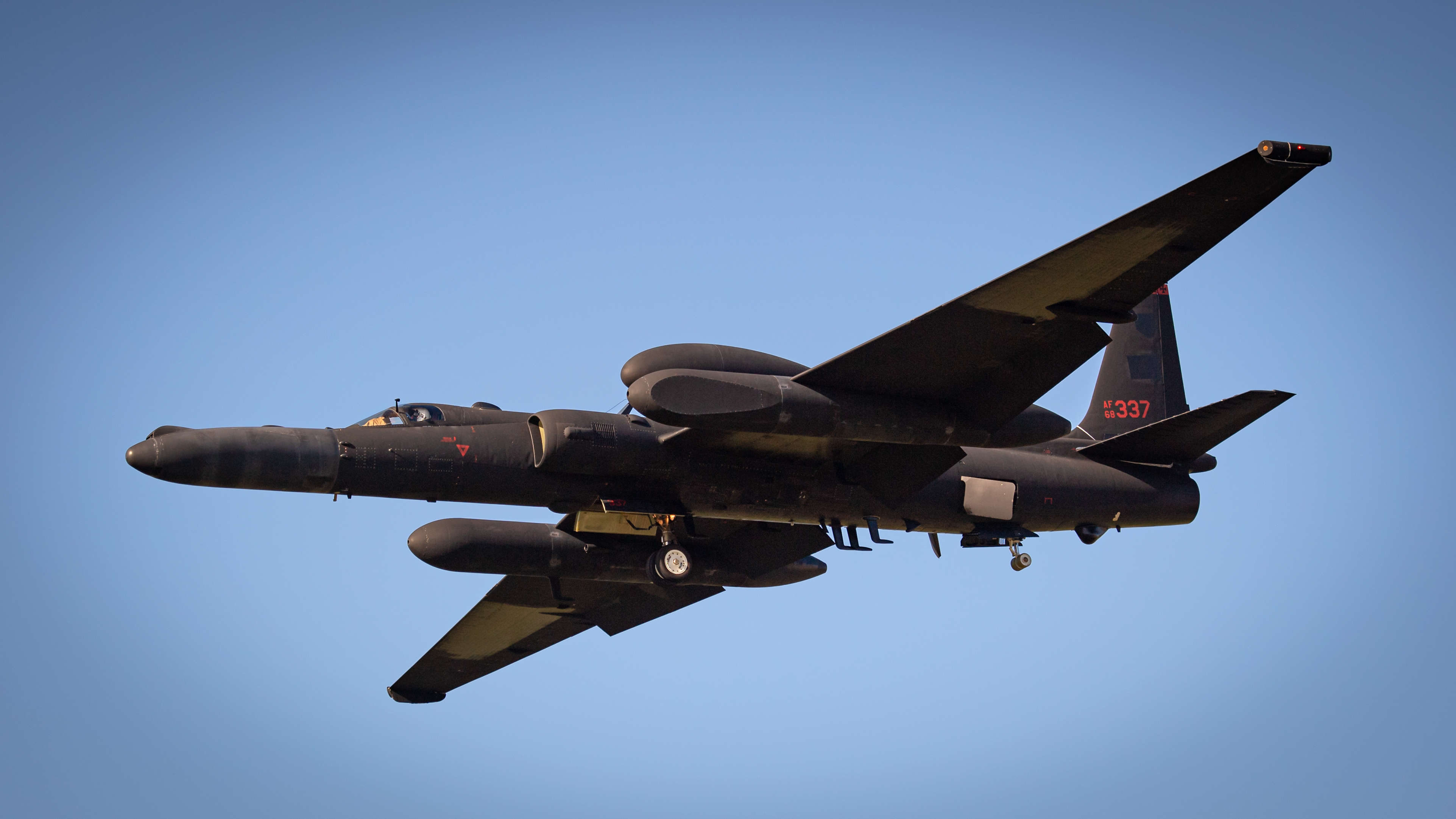Create a free profile to get unlimited access to exclusive videos, sweepstakes, and more!
U.S. Air Force AI just copiloted its first military flight ever, SkyNet likely delighted

Well, there goes another job to automation. For the first time ever, an artificial intelligence has taken control of a Department of Defense military aircraft.
Yesterday, Dec. 15, an AI copiloted a United States Air Force U-2 Dragon Lady spy plane (similar to the one pictured above) over California, "marking the first time AI has controlled a U.S. military system," according to Popular Mechanics.
And somewhere in the machine-made walls of Skynet, Miles Dyson is smiling (well, technically Miles probably hasn't had much to smile about since 1995, when the Connor's informed him that his company, Skynet, was responsible for AI taking over the U.S. nuclear arsenal and subsequently the world).
Of course, the optimists in us would love to look at this news like Dr. Will Roper, Assistant Secretary of the Air Force for Acquisition, Technology, and Logistics, who, in writing about the historic flight for PM compared the feat to an R2 unit copiloting an X-Wing in Star Wars –– alas, we can't help it that our first instincts looked straight towards The Terminator.
Still, the team did give its AI a proper droid call sign.
"With call sign ARTUµ, we trained µZero — a world-leading computer program that dominates chess, Go, and even video games without prior knowledge of their rules — to operate a U-2 spy plane," Roper wrote. "Though lacking those lively beeps and squeaks, ARTUµ surpassed its motion picture namesake in one distinctive feature: it was the mission commander, the final decision authority on the human-machine team. And given the high stakes of global AI, surpassing science fiction must become our military norm."
Hopefully they don't plan on surpassing T2 anytime soon.
Air Combat Command's U-2 Federal Laboratory created the algorithm, which trained the AI to perform in-flight tasks normally executed by an actual human pilot. But don't worry, it completed over a million training runs before that, so the odds of a Skynet-level incident were relatively low. This time.
The U-2 took off from Beale Air Force Base in California on a reconnaissance mission simulating a missile strike. Sharing the plane's radar system, the pilot looked for imminent aircraft threats, while ARTUµ snuffed out enemy launchers. "With no pilot override, ARTUµ made final calls on devoting the radar to missile hunting versus self-protection. Luke Skywalker certainly never took such orders from his X-Wing sidekick!"
No, that would have been a different movie. Perhaps something starring Arnold Schwarzenegger.
Granted, while Terminator has placed a healthy dose of skepticism in many sci-fi fans, Roper believes the advantages of AI-assisted piloting are worth any perceived risks. He notes that unlike Han Solo, "our warfighters need to know the odds in dizzyingly-complex combat scenarios. Teaming with trusted AI across all facets of conflict — even occasionally putting it in charge — could tip those odds in our favor."
As they say at Skynet, what could go wrong?


























